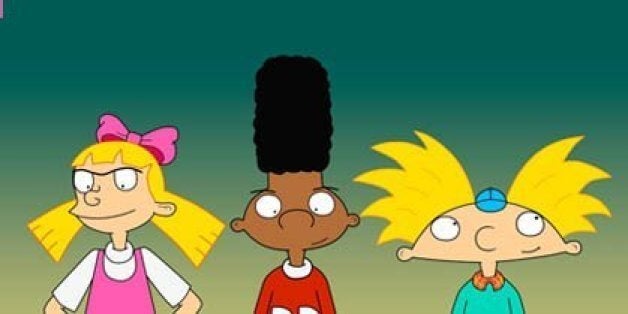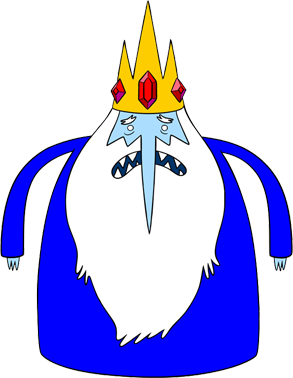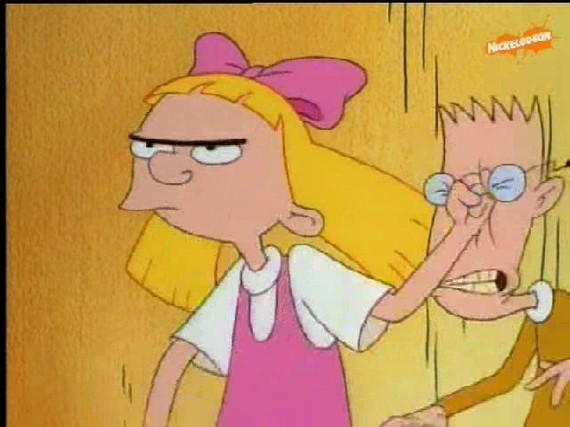
I find myself looking forward to children's television shows more than adult television shows, especially cartoons. I acknowledge that I can have the attention span of a squirrel, but there is something more to children's television shows than sunshine and rainbows lately -- there is humanity. Cartoon shows such as Pendleton Ward's Adventure Time, as well as Cartoon Network's Regular Show or Disney's Gravity Falls, have childish tones, such as silly characters and goofy adventures, but the morals are anything but childish. For example, Adventure Time's characters have real depth; the main wizard character has Alzheimer's and cannot remember his lost love. From grief counseling to unrequited love, these shows provide a unique perspective of the human condition, if humans lived in Candy Land and used magic as they do in Adventure Time.
These are also not the first children's cartoons to reflect on humanity. In the 1990s, Nickelodeon and Cartoon Network frequently released cartoons that were bizarre and confronted controversial issues. Remember Hey Arnold!? Or even Static Shock? Static Shock dove into the dark pit of racism and other issues that affect young children, such as bullying. In one episode, the protagonist Static Shock spends the night at a fellow student's house. There, he is confronted with unmitigated racism from the student's father, to the point where he feels so uncomfortable that he needs to leave. Static Shock is only a young, confused teenage boy. Hey Arnold! also delved into psychological issues that plague young children today. One of the main characters, a young girl Helga, is haunted by her feelings toward her neglectful parents. So much so, that she is a bully to the only boy in class that she likes. There was even an episode where a school psychologist asks Helga to come in for a session, and the whole episode revolves around why Helga behaves the way she does. The episode ends with Helga leaving the session feeling more positive and friendly. She is even nice to a student she normally punches in the face.
Why are children's television shows moving away from blissful ignorance to becoming more aware of the strife that children, and even adults, may experience in daily life? For example, Leave It To Beaver or The Brady Bunch solved difficult issues such as bullying with family songs and a laugh track. There was no in depth analysis of the bully, and no one was sent to a therapist. In most children's television shows today, there is a newfound focus on understanding human behavior. Why? Is it to help parents be more aware of these issues that affect their children? No, these shows aren't designed for the parents, however many parents do watch children's television. I believe it is a movement toward understanding that child behavior and adult behavior are very much interconnected, and most behavioral problems adults experience, children experience as well. Divorce, financial strife, or mental illness, to name a few, are experiences children live through and may feel confused about because the adults around them are having difficulty coping with these issues as well. Children's television shows broach adult topics because some children are thrown into the adult world too soon without the parent's complete knowledge of how deeply the child is affected by these troublesome issues. These shows help children realize that they are not alone with experiencing hurt or pain, and that certain odd behaviors are understandable when one is placed between a rock and a hard place in life. With cartoons striving to become more relatable, it would not surprise me if in the future most adults watched "kids" cartoons more than adult television.

